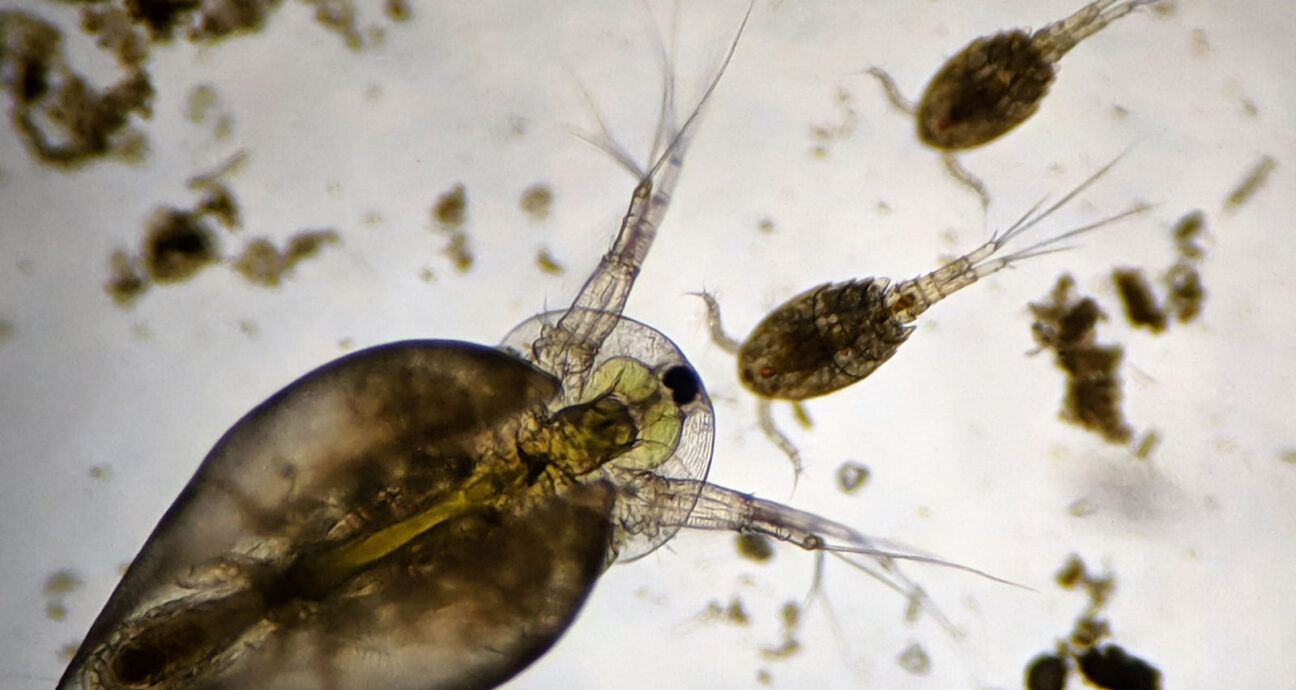Water is one of the most familiar substances on Earth, yet it is one of the least understood. Despite centuries of study, science continues to uncover new layers of complexity in how water behaves and sustains life. From down at the molecular level to macroscale aquatic ecosystems, water remains a substance that challenges even our most advanced scientific understanding.
The Mystery of Water
To this day water is largely an enigma. Within scientific research, there is ongoing debate about how water molecules truly behave. Advances such as nanobubble technology have driven exploration into how water interacts at the nano scale, revealing previously unseen dynamics between water molecules and their surroundings.
One emerging area of study is the “exclusion zone”—a region near surfaces where water behaves differently depending on electrical charge. In these zones, certain particles are attracted while others are repelled. A relatable example is found in soils: some are hydrophilic, drawing in moisture easily, while others are hydrophobic, causing water to bead and run off.
Such discoveries suggest that water is far from a passive medium. It is active, responsive, and continuously reorganising itself based on the materials and forces around it.
Nature’s Universal Solvent
Water is often described as nature’s universal solvent, capable of dissolving and carrying more substances than any other liquid. As it moves through the landscape, it shapes terrain, transports nutrients, and collects materials from every surface it touches.
This means that no two bodies of water are ever the same. A dam, lake, or pond reflects the unique chemistry of its catchment and the inputs it receives—whether from rainfall, runoff, or groundwater.
For those managing water bodies, this interconnection between land and water is crucial. The surrounding environment plays an enormous role in determining the quality and chemical balance of the water itself.
What Water Is Really Made Of
While pure water is chemically H₂O, natural water is a complex blend of dissolved minerals, gases and organic matter. Common constituents include carbon, nitrogen, phosphorus, magnesium, sulfides, and various forms of nitrogen, such as ammonia, nitrite, and nitrate.
These components interact constantly to shape the health and stability of the system.
- Phosphorus is often the primary driver of algae and weed growth in freshwater environments.
- Nitrogen performs a similar function in marine systems, and also to a lesser extent in freshwater systems.
- Alkalinity acts as a buffer, stabilising pH and supporting aquatic life.
Even neighbouring water bodies can differ significantly in chemistry and biological activity, despite appearing similar. Water depth, temperature—which is largely determined by depth—, light exposure, watershed ecology, nutrient inputs, microbial communities etc all impact the condition of your water. This is why two dams on the same property might vary drastically.
Know Your Watershed—Nature’s Collection Bowl
To truly understand a body of water, you must first understand the land that feeds it—its watershed. A watershed, sometimes called a catchment area, is the region of land where all rainfall and runoff drain into a common point—your dam or lake.
When rain falls on the landscape, it moves over the ground, seeps into the soil, or travels through subsurface pathways, carrying with it soil particles, organic matter, nutrients, and sometimes pollutants. All of these materials ultimately make their way into your dam or lake.
The type of vegetation, presence of livestock, fertiliser use, amount of exposed soil etc, are all factors that determine what enters your water body. A heavily grazed catchment will likely contribute more sediment and nutrients to a water body, while a vegetated or forested catchment tends to filter and slow runoff, producing cleaner, more stable water.
How to Map Your Watershed
To determine your watershed, stand near the edge of your dam or pond and slowly turn in a full 360-degree circle. Every piece of land that sits higher than the water’s surface forms part of the perimeter of your watershed. Rain that falls on that elevated land will eventually make its way down to your water body. You can also confirm this by consulting a topographical map or using Google Maps with the contour layer enabled.
By knowing your watershed, you can begin to see the bigger picture and better steward your land.
A Measure of Healthy Water—Macro-Invertebrate Monitoring
The concept of “healthy water” is a matter of perspective; it comes down to the purpose of the water body. For water treatment managers, good water is measured based on chemical stability and compliance with environmental standards. While for lifestyle and recreational dam owners, water health is generally determined by visual clarity, minimal algae and weed, a lack of odour, and the presence of a vast array of aquatic life—from microorganism like aerobic bacteria to fish, frogs, dragonflies and birds.
We believe the easiest way for dam, pond, and lake owners to measure their water’s health is by the diversity of creatures using it. A mix of aquatic plants, microorganisms, and invertebrates indicates a stable, resilient ecosystem capable of self-regulation. For instance, a dam full of a lot of macro-invertebrates (see below) is a lot healthier than a dam dominated by one species, say leeches.
How to Perform Macro-Invertebrate Monitoring
Choose a section of water or take large water samples. Count how many different types of macro-invertebrates you see. A rich and varied invertebrate community typically signifies clean, balanced water, while low diversity or dominance by one species points to imbalance or stress.
Common Freshwater Macro-Invertebrates in Australia
| Image | Common Name | Example Group / Order | Sensitivity to Pollution | What It Tells You About Your Water |
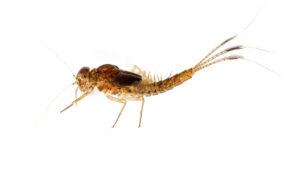
|
Mayfly nymphs | Ephemeroptera | Very Sensitive | Found only in clean, well-oxygenated water — a sign of excellent ecosystem health. |
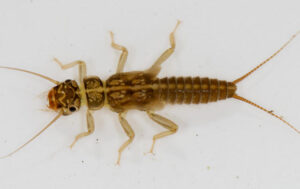 |
Stonefly nymphs | Plecoptera | Very Sensitive | Prefer cool, fast-flowing water; their presence indicates pristine conditions. |
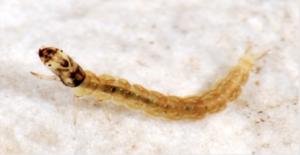 |
Caddisfly larvae | Trichoptera | Sensitive | Build protective cases from sand or leaves; abundant in stable, healthy waters. |
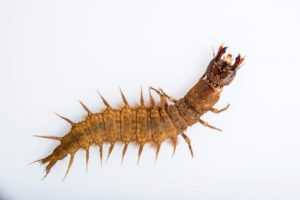
|
Dobsonfly larvae (Hellgrammites) | Corydalidae | Sensitive | Large, predatory larvae that need high oxygen — good indicator of stream health. |
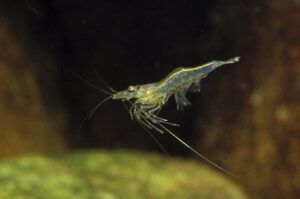 |
Freshwater shrimp | Atyidae / Paratya australiensis | Sensitive | Abundant in clean, vegetated waters; contribute to nutrient recycling. |
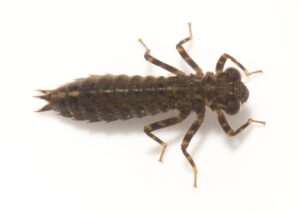 |
Dragonfly nymphs | Odonata (Anisoptera) | Moderately Tolerant | Common in ponds and wetlands; tolerate some organic enrichment. |
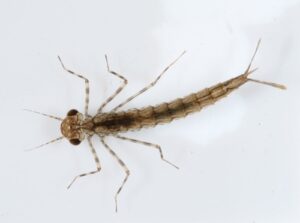 |
Damselfly nymphs | Odonata (Zygoptera) | Moderately Tolerant | Slender nymphs with three leaf-like tails; thrive in moderately clean water. |
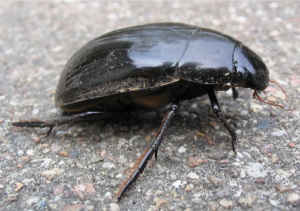 |
Water beetles (larvae & adults) | Coleoptera | Moderately Tolerant | Found in most aquatic environments; moderate numbers suggest balanced conditions. |
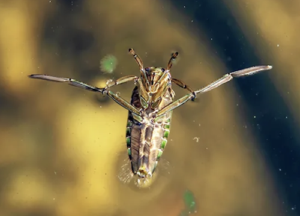 |
Water bugs (Backswimmers, Boatmen, Water Scorpions) | Hemiptera | Moderately Tolerant | Predatory species that tolerate a range of water qualities. |
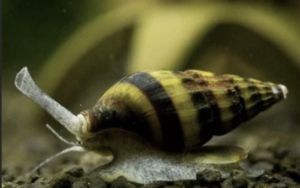 |
Freshwater snails | Planorbidae, Lymnaeidae | Variable | Some prefer clean water; others thrive in nutrient-rich or stagnant conditions. |
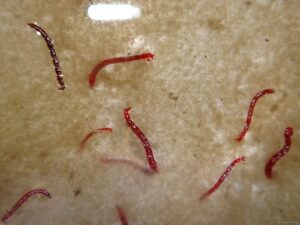 |
Midge larvae (Bloodworms) | Chironomidae | Tolerant | Survive in low-oxygen, high-nutrient sediments — often a warning sign. |
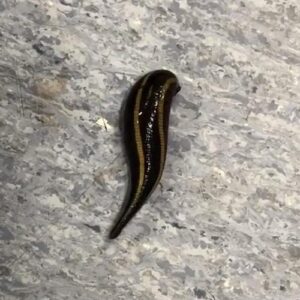 |
Leeches | Hirudinea | Tolerant | Common in nutrient-rich or stagnant water; high numbers may indicate decline. |
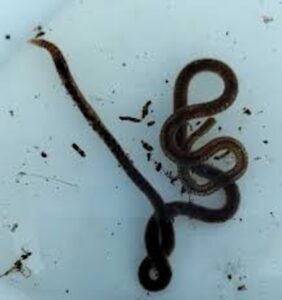 |
Aquatic worms | Oligochaeta | Tolerant | Thrive in polluted or oxygen-poor conditions; a sign of excess organic matter. |
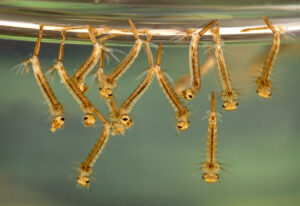 |
Mosquito larvae | Culicidae | Tolerant | Found in stagnant or nutrient-loaded water; indicate poor circulation. |
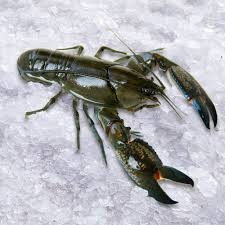 |
Yabbies / Crayfish | Cherax spp. | Moderately Tolerant | Common in farm dams; prefer moderate water quality and good habitat structure. |
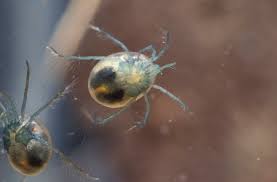 |
Water mites | Acarina | Moderately Tolerant | Tiny, often brightly coloured; found among aquatic plants in most systems. |
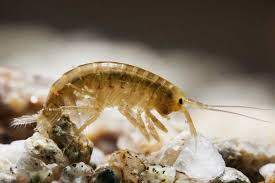 |
Amphipods (Freshwater shrimp-like) | Talitridae | Moderately Tolerant | Feed on detritus; help break down organic material in balanced systems. |
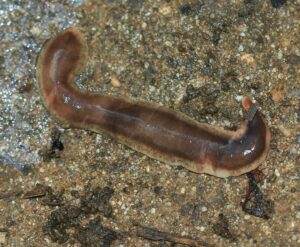 |
Flatworms | Turbellaria | Tolerant | Often found in stagnant or nutrient-rich waters; may indicate low oxygen. |
Sensitive Species (Good Water Quality Indicators)
These species thrive in clean, well-oxygenated water and are the “canaries in the coal mine” for healthy ecosystems.
- Mayfly nymphs (Order Ephemeroptera) – Delicate, with three tails and gills along the abdomen.
- Stonefly nymphs (Order Plecoptera) – Two tails, long antennae; prefer cold, fast-flowing water.
- Caddisfly larvae (Order Trichoptera) – Often build cases from sand, leaves, or twigs; indicate high oxygen levels.
- Dobsonfly larvae / Hellgrammites (Family Corydalidae) – Large, predatory larvae with strong jaws.
- Freshwater shrimp (Family Atyidae, Paratya australiensis) – Active scavengers in clean streams and ponds.
Moderately Tolerant Species (Fair Water Quality Indicators)
These can live in slightly enriched or disturbed environments.
- Dragonfly nymphs (Suborder Anisoptera) – Robust predators; tolerate moderate nutrient levels.
- Damselfly nymphs (Suborder Zygoptera) – Slender with three leaf-like tails; common in ponds and wetlands.
- Beetle larvae (Order Coleoptera) – Various species, including diving beetles (Dytiscidae) and whirligig beetles (Gyrinidae).
- Freshwater snails (Families Planorbidae, Physidae, Lymnaeidae) – Some species prefer cleaner water, others tolerate enrichment.
- Water bugs (Families Corixidae, Notonectidae, Nepidae) – Backswimmers, water boatmen, and water scorpions are all common predators.
Tolerant Species (Poor Water Quality Indicators)
These survive in low-oxygen or nutrient-rich (polluted) waters.
- Midge larvae (Family Chironomidae) – Small, worm-like larvae; some bright red due to hemoglobin.
- Bloodworms (Chironomid larvae) – Thrive in sediments with low oxygen.
- Leeches (Class Hirudinea) – Found in sluggish or nutrient-rich waters.
- Aquatic worms (Class Oligochaeta) – Tubifex and similar worms tolerate high organic loads.
- Mosquito larvae (Family Culicidae) – Air-breathing larvae common in stagnant or nutrient-rich water.
Other Commonly Observed Macroinvertebrates
- Yabbies and freshwater crayfish (Genus Cherax) – Burrowing crustaceans, common in farm dams.
- Water mites (Order Acarina) – Tiny, bright red or orange; often found among submerged plants.
- Freshwater amphipods (Family Talitridae) – Small shrimp-like detritivores that graze on organic matter.
- Flatworms (Class Turbellaria) – Soft-bodied scavengers; some species indicate poor water conditions.
What We Know
While water remains an enigma at its deepest level, what we have learned is healthy water is not just clear water—it is active water. It breathes, circulates, and supports life through a delicate balance of chemistry and biology. It is a complex web of life.
As stewards of water bodies, our role therefore becomes to make the water come to life. And central to this is oxygen. When there is plenty of oxygen, populations of “good” (aerobic) bacteria thrive. These beneficial microbes are nature’s cleanup crew, quietly breaking down waste, stabilising nutrients, and preventing the build-up of the compounds that lead to murky water, algae blooms, and weed infestations.
When “good” bacteria numbers are strong, everything in the aquatic ecosystem functions as it should. This is why we sell aerators and Biostim probiotics, to breathe oxygen and life into your water. Talk to us today to get FREE expert advice.

